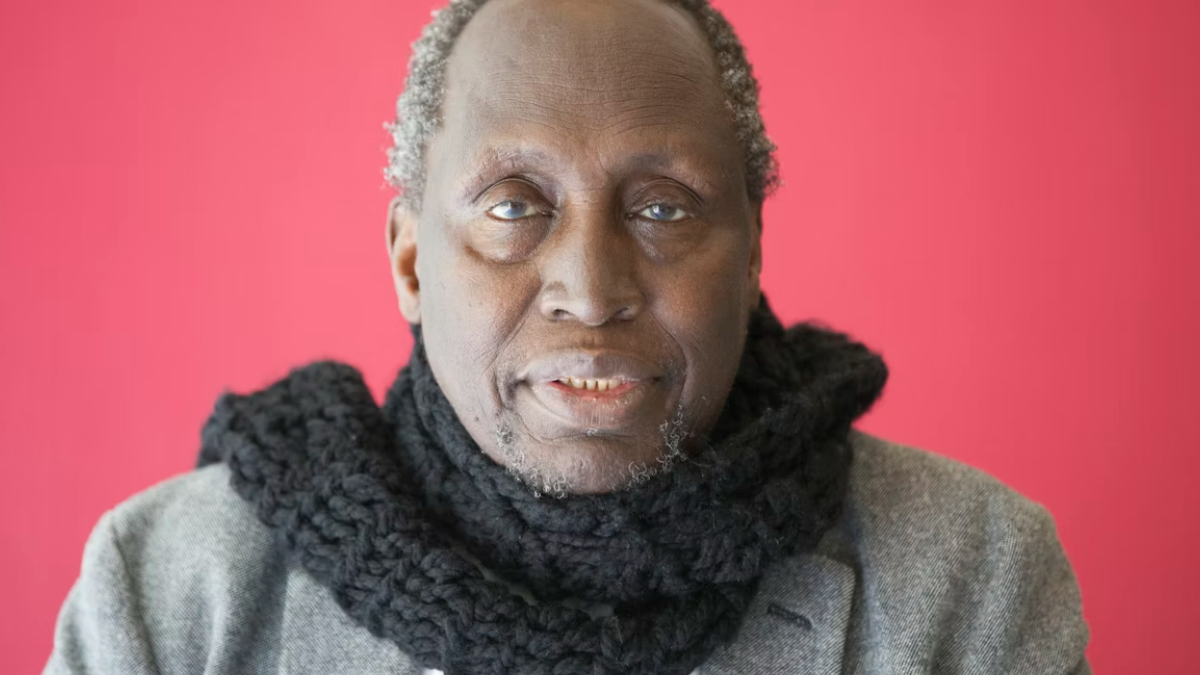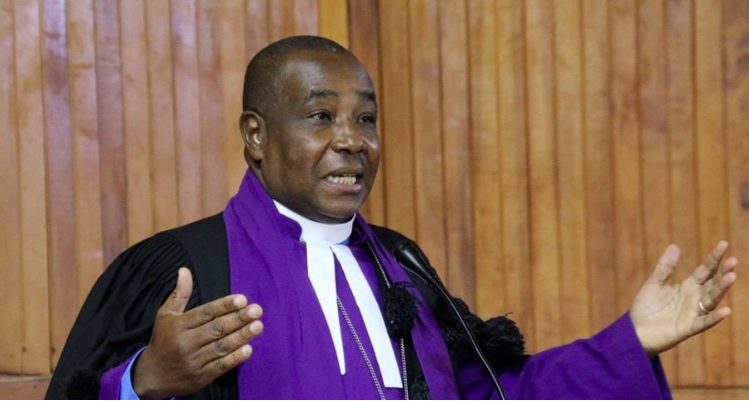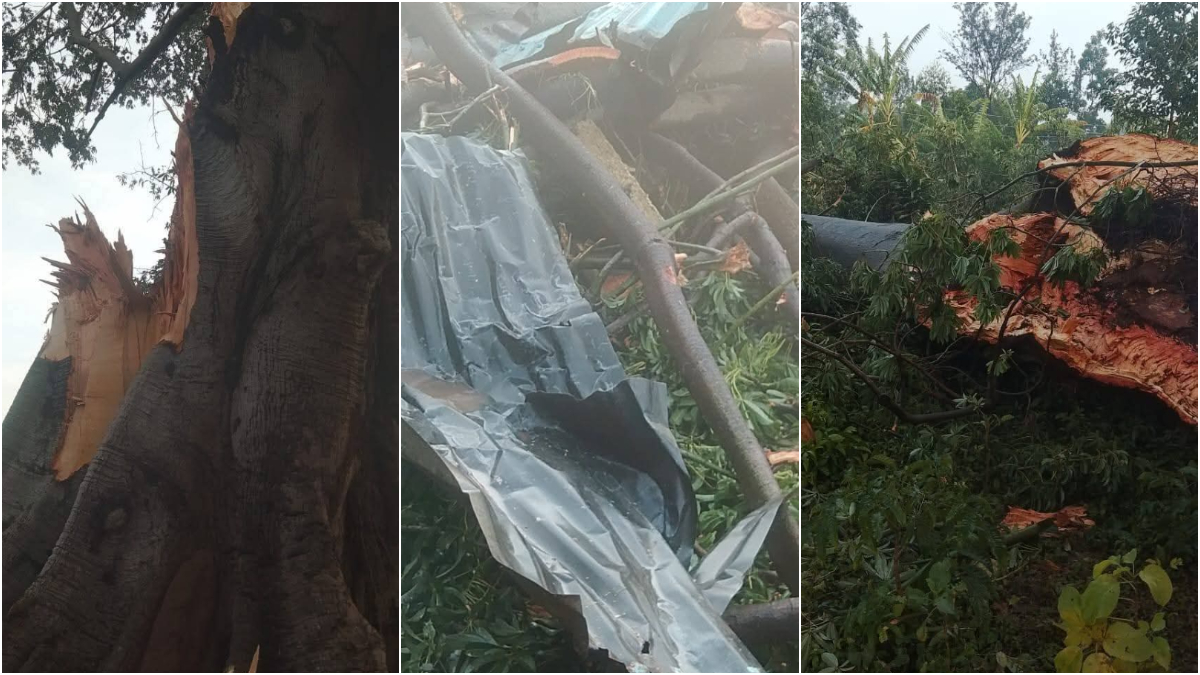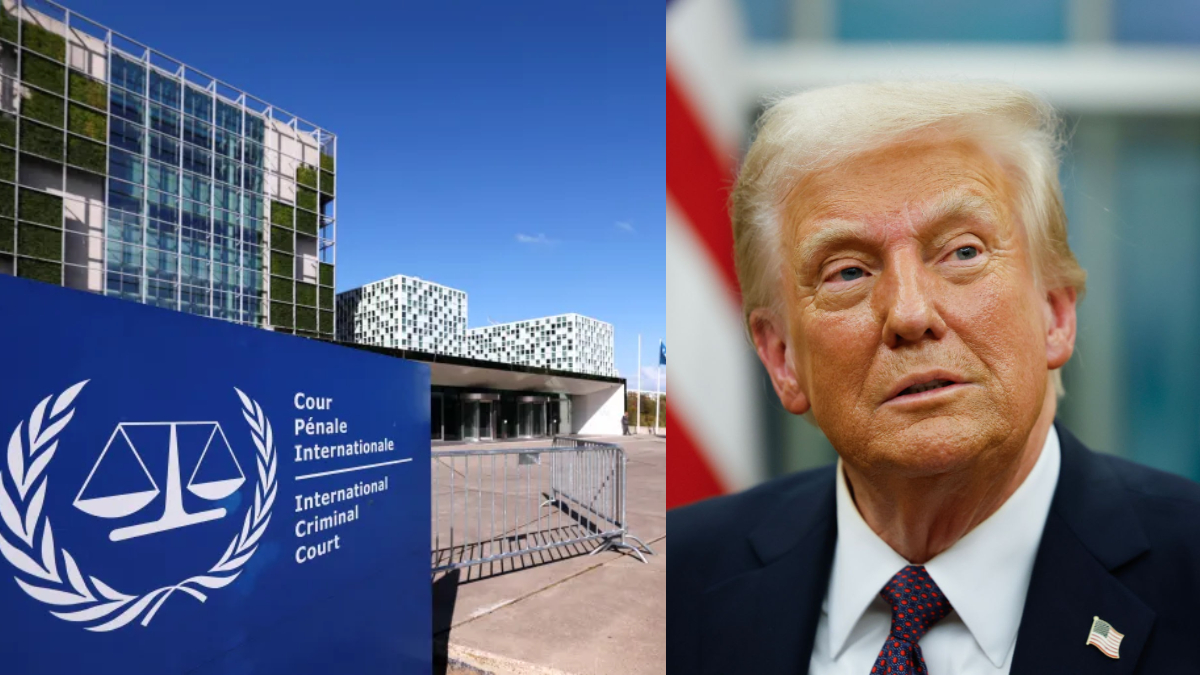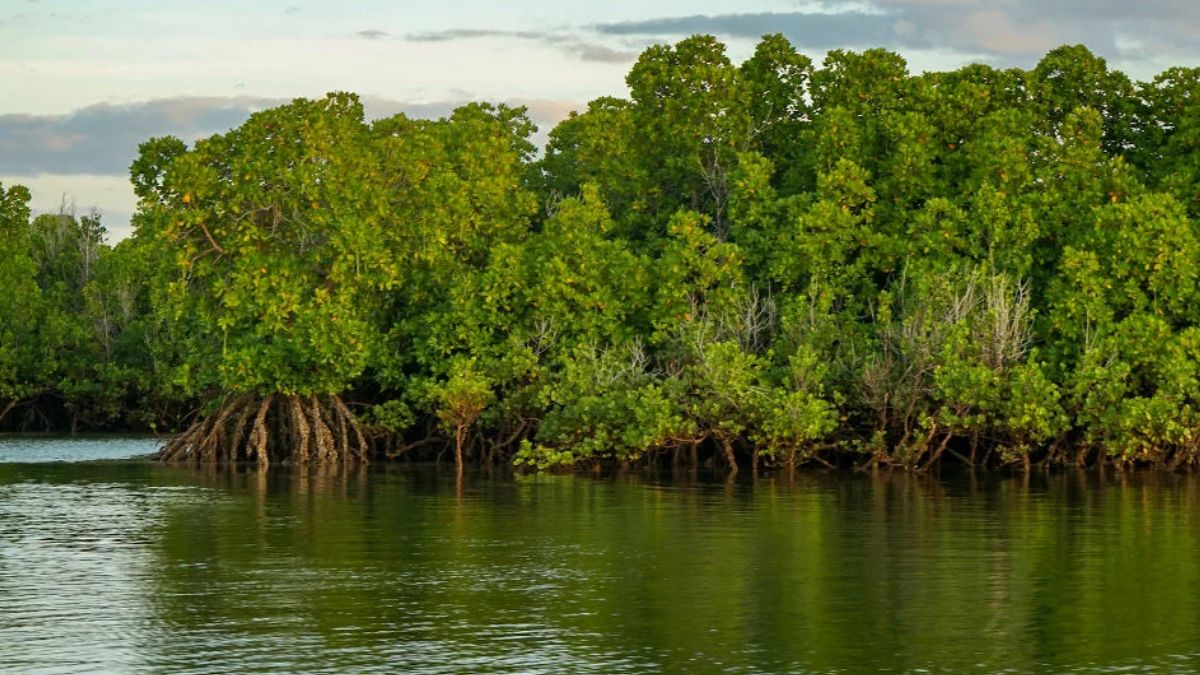Residents at the Kenyan coast are facing a severe water shortage due to the abrupt breakage of the Mzima water pipeline.
The breakage of the main water supply, reported two days ago along the pipeline corridor inside Tsavo National Park, cut off water from Mzima to towns and cities including Voi, Mariakani and large parts of Mombasa, leaving residents and businesses counting losses.
Repair crews were mobilized immediately, but communities say short-term fixes are never enough: the same decades-old pipeline has been patched repeatedly, and each failure is a reminder that demand has outpaced the original system’s design.
The Mzima line, built in the 1950s, still forms the backbone of bulk water supply to the coast, yet population growth, leakage and aging infrastructure mean available water barely meets half of what the region needs on daily basis.
County officials and residents described chaotic scenes as households, hotels and markets rationed what flowed through taps. In some towns water trucks and temporary supplies were hurriedly deployed while engineers dug to reach the damaged stretch, but for many the relief felt slow and inadequate.
Local leaders renewed calls for investment in alternative sources and a modernized distribution network for coastal communities to stop depending on a single fragile pipeline.
The outage also raises questions about planning: the coast’s big-ticket solutions, like the proposed Mzima II expansion and upgrades to Baricho and Marere systems, have been discussed for years, but progress has lagged.
Experts argue the region needs parallel supply lines, leak reduction programs and accelerated development of boreholes and treatment plants so that one break doesn’t translate into a humanitarian crisis.
For now, families make with rationing, long queues and the hope that repairs in the park will be completed swiftly.




